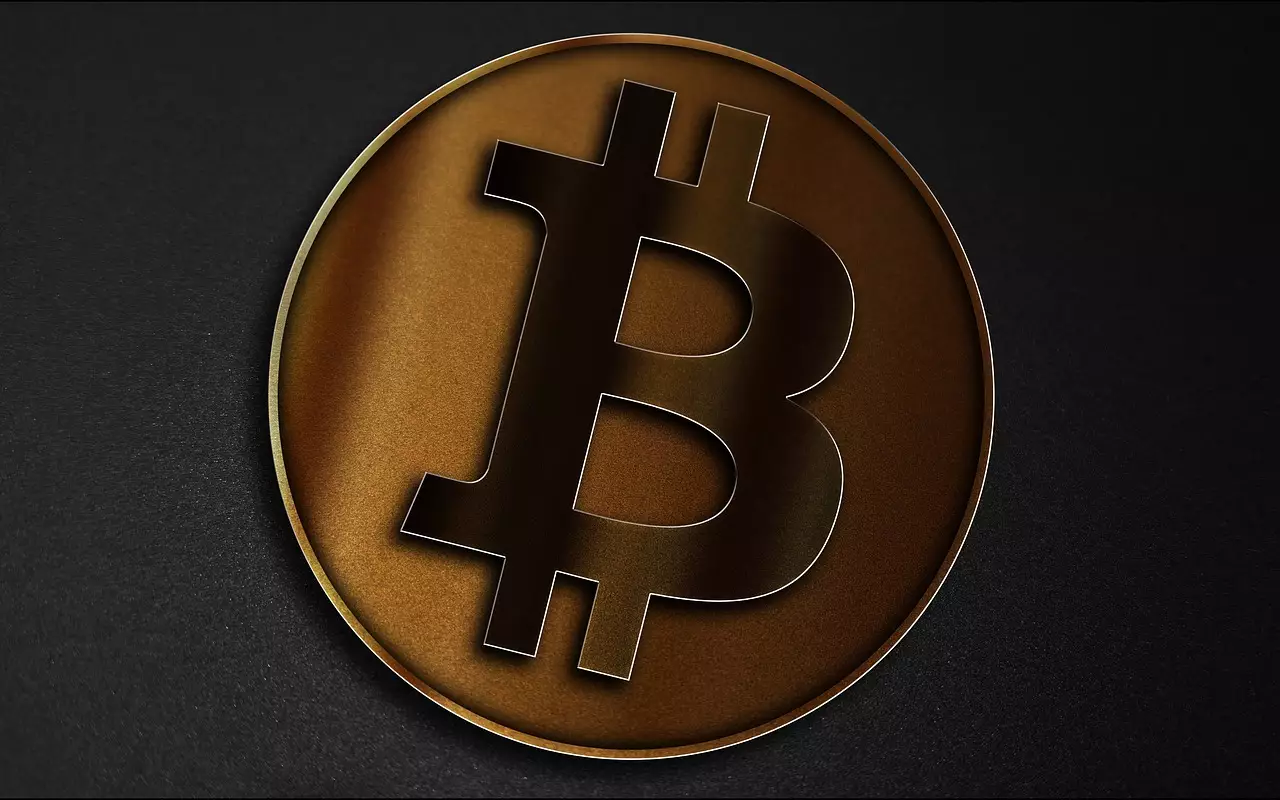Bitcoin’s recent surge to nearly $110,000 has reignited a familiar debate: are these projections grounded in reality or just speculative fantasies? The current bullish momentum, driven by inflows into spot Bitcoin ETFs, seems impressive on paper. But beneath the surface, one must question whether these technical indicators, particularly Fibonacci extensions, are reliable indicators of future prices or whether they merely reflect wishful thinking. The notion that Bitcoin could soar by another 52% in a few months hinges largely on complex Fibonacci models that have historically been imprecise at best. Markets, especially cryptocurrencies, are inherently volatile and influenced by unpredictable macroeconomic events, regulatory shifts, and unforeseen shocks. Relying heavily on mathematical models developed during previous market cycles can be dangerously misleading when today’s landscape is fundamentally different.
It’s tempting to view these Fibonacci levels as a crystal ball—a means to forecast future prices with certainty. But the truth is, markets are inherently non-linear and susceptible to sudden reversals. The fact that previous target levels such as $30,362 and $109,236 have aligned with past turning points does not guarantee they will do so again. Human biases often lead traders and analysts to cherry-pick data or place disproportionate faith in models that fit nicely into a narrative of upward progress. For all the talk of “breakouts” and “targets,” what’s often overlooked is the fragility of this optimism when external conditions shift unexpectedly, as they have multiple times in Bitcoin’s history.
The Myth of Engineering Certainty in a Speculative Arena
Fundamentally, the reliance on Fibonacci ratios embedded within a technical framework falsely presumes a degree of precision that markets simply do not possess. History has repeatedly shown that external shocks, regulatory crackdowns, and sentiment shifts can wipe out months of technical progress overnight. The projection of Bitcoin reaching $166,754 in the near future, while mathematically consistent with extension levels, remains speculative. It is dangerous to treat such figures as deterministic outcomes rather than probabilistic possibilities hinging on factors beyond mere charts. If a $166,000 target becomes a reality, it will not be solely because the Fibonacci sequence dictated it but because investor confidence remained unwavering amidst turbulent times—a scenario difficult to guarantee.
Additionally, the extended cycle that has dragged on since late 2022 challenges the notion that current technical models are foolproof. The longer duration of this cycle, compared to previous ones, introduces uncertainty into any forecast. Market maturity, evolving macroeconomic conditions, and shifting investor preferences make static models less relevant. The narrative of a “patient roadmap” toward massive gains can lull investors into complacency, but history strongly suggests caution: markets do not follow predictable patterns indefinitely. When projections extend far into the future, the risk of disappointment or sudden reversal grows exponentially.
Is the Hype Warranted or Justified?
While bullish sentiment can energize markets, it also breeds a dangerous optimism that often overestimates the reliability of technical forecasts. If Bitcoin does indeed reach the $160,000 mark in September, it would be a notable achievement, but clinging to this forecast as an inevitable destiny neglects the unpredictable nature of cryptocurrency markets. The actual path to such targets might be riddled with volatility, false breakouts, or even sharp downturns before any high. Many traders and investors eager for quick gains may find themselves blindsided by a sudden correction that invalidates their blue-sky predictions.
Moreover, the current cycle’s length and volatility highlight an important reality: markets can and do behave chaotically. The projected timeline for reaching lofty levels is shifting, sometimes in months, sometimes indefinitely. The specter of overhyped forecasts feeds into a narrative that Bitcoin’s skyward trajectory is a fait accompli—an assumption that could backfire spectacularly. For a truly balanced perspective, investors should consider the risks embedded within such projections rather than merely chasing the allure of artificially inflated targets.
The strength of Bitcoin’s technicals should be viewed through a skeptical lens, especially considering broader economic uncertainties, regulatory measures, and the unpredictable behavior of market participants. Believing that Fibonacci levels alone hold the key to future prices oversimplifies a complex, dynamic system. Cryptocurrency investors should approach such forecasts not as gospel but as trained guesses, always layered with the understanding that unexpected events can drastically reshape any previously established trajectory.

